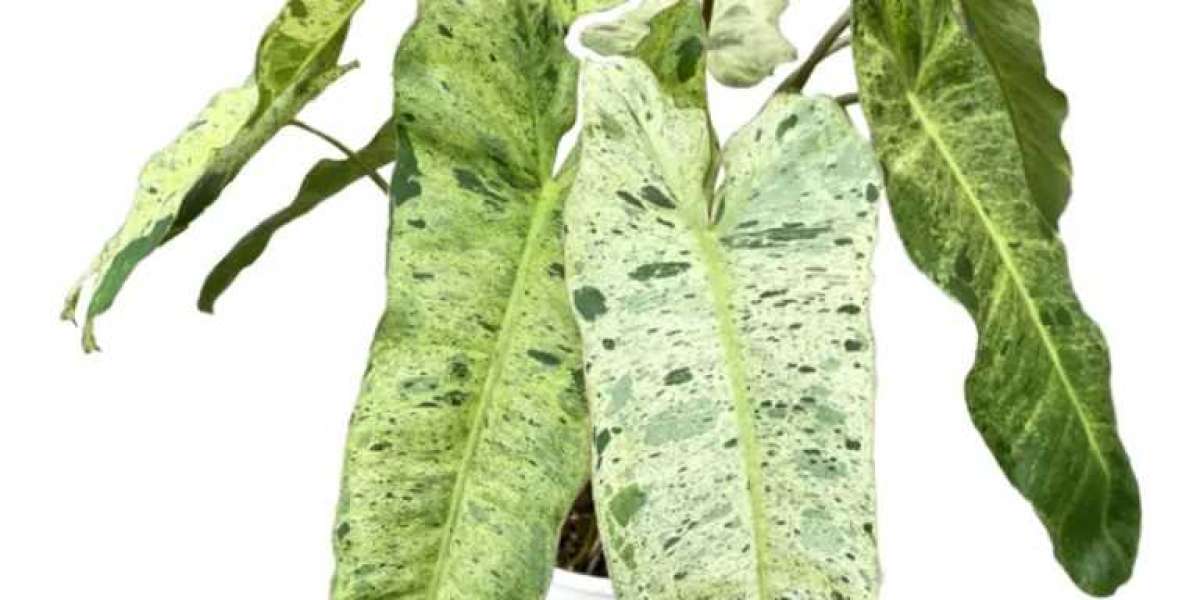In recent years, advancements in plant tissue culture techniques have revolutionized the way we propagate and cultivate various plant species, including the beloved Philodendron plants. These innovations have allowed researchers and growers to produce healthier and more robust plants more efficiently and cost-effectively.
Optimized Tissue Culture Media for Enhanced Growth
One of the key advancements in Philodendron propagation is the use of specially formulated tissue culture media. This nutrient-rich media helps provide the necessary nutrients and growth hormones for the development of healthy plantlets. By optimizing the composition of the media, researchers have been able to enhance the growth and development of Philodendron plants at a much faster rate than traditional propagation methods.
Automation and Consistency in Propagation
Additionally, advancements in tissue culture philodendron technology have allowed for the automation of the propagation process. This automation not only speeds up the production of plantlets but also ensures more consistent results. By carefully controlling factors such as temperature, light, and humidity, researchers can create the ideal conditions for the growth of Philodendron plants, leading to higher success rates and healthier plants.
Micropropagation for Rapid Multiplication
Another important innovation in Philodendron tissue culture is the use of micropropagation techniques. Micropropagation involves the growth of plant cells and tissues in a sterile and controlled environment. This technique allows researchers to rapidly multiply plant material, leading to higher production rates and a more sustainable supply of plantlets.
Improved Disease Control through Sterile Conditions
Furthermore, advancements in tissue culture technology have also led to improvements in disease control. By starting with healthy plant material and maintaining sterile conditions throughout the propagation process, researchers can significantly reduce the risk of introducing pathogens and diseases to the plants. This not only improves the overall health of the plants but also minimizes the need for chemical treatments and pesticides.
Conservation of Rare and Endangered Species
Moreover, tissue culture techniques have also allowed for the preservation and conservation of rare and endangered Philodendron species. By storing plant material in vitro, researchers can maintain a genetic bank of species that are at risk of extinction. This not only helps protect biodiversity but also provides a valuable resource for future research and breeding programs.
Conclusion: A New Era in Philodendron Propagation
Overall, the innovations in plant tissue culture technology have transformed the way we propagate and cultivate Philodendron plants. By leveraging advancements in media composition, automation, micropropagation, disease control, and conservation, researchers and growers can now produce healthier and more resilient plants in a more sustainable and efficient manner. These advancements not only benefit commercial growers but also contribute to the preservation and conservation of these iconic plant species for generations to come.








